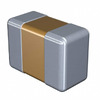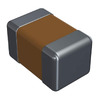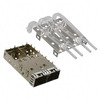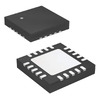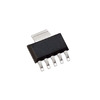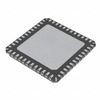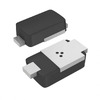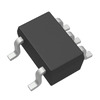CR1220 Battery: Specifications, Features and Applications
The CR1220 battery is a main part of many modern devices, like car key fobs and medical equipment. Though small, this lithium battery is powerful, helping small electronics run reliably. This article looks at the features, equivalent options, uses, and care tips for the CR1220 battery, showing how widely useful it is and how it plays a role in improving the performance of different devices. By examining its chemical component, standard size, and energy efficiency, we can understand why the CR1220 often meets or even exceeds the needs of many electronics. The article also covers similar batteries that can replace the CR1220 without losing performance, showing how flexible and adaptable this battery is as technology changes.Catalog

Figure 1: CR1220 Battery
What Is the CR1220 Battery?
The CR1220 is a small lithium battery used in devices like car key fobs and medical monitors. It follows international standards that define its features. The "CR" in its name shows it's made from lithium and manganese dioxide and its round shape. The "1220" means it's 12mm wide and 2.0mm thick, making it compact for tight spaces.
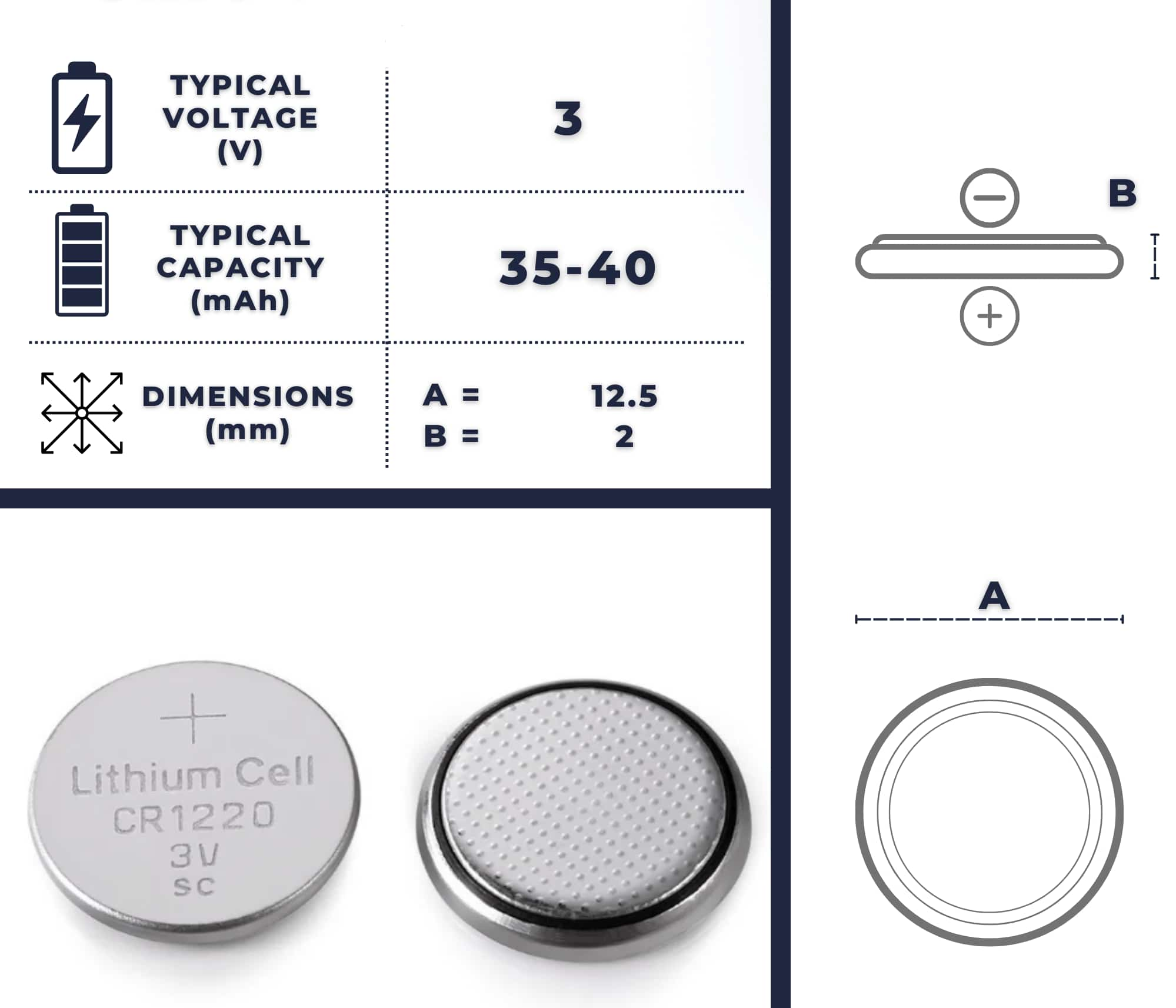
Figure 2: CR1220 Battery
This battery has a steady voltage of 3.0V and works until it drops to 2.0V. It has a capacity of 40mAh, though this can differ by brand. Built for long-term use, the CR1220 can hold most of its charge for several years, losing only about 1% per year if stored properly.
CR1220 Battery Specifications
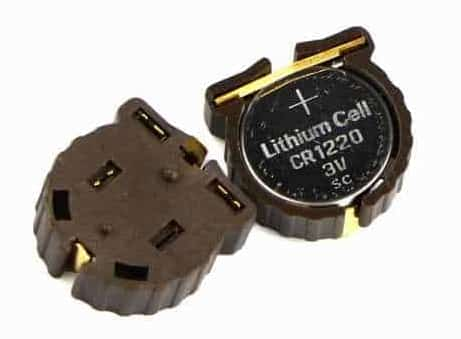
Figure 3: CR1220 Battery
|
Feature |
Details |
|
Battery Type |
CR1220 |
|
Voltage |
3.0V (operates until 2.0V) |
|
Capacity |
40mAh |
|
Dimensions |
12.5mm (width) x 2.0mm (thickness) |
|
Material |
Lithium |
|
Battery Chemistry |
Lithium Manganese Dioxide (LiMnO2) |
|
Published |
Manufacturer datasheet or product specs |
|
Max Operating Temp |
+85°C |
|
Min Operating Temp |
-20°C |
|
Discharge Rate |
Low self-discharge |
|
Termination Style |
Pressure Contact |
|
Moisture Sensitivity |
Not moisture sensitive |
|
Lead-Free |
Yes |
|
Usage |
Ideal for small devices (e.g., health
trackers, car electronics) |
|
Benefit |
Long-lasting, dependable power |
Features of the CR1220 Battery
The CR1220 is designed to work well in many different devices. It's lightweight that is good for things like wearables where keeping the weight down helps with comfort and ease of use. Its 3.0V output gives enough power for devices that need a bit more energy to function.
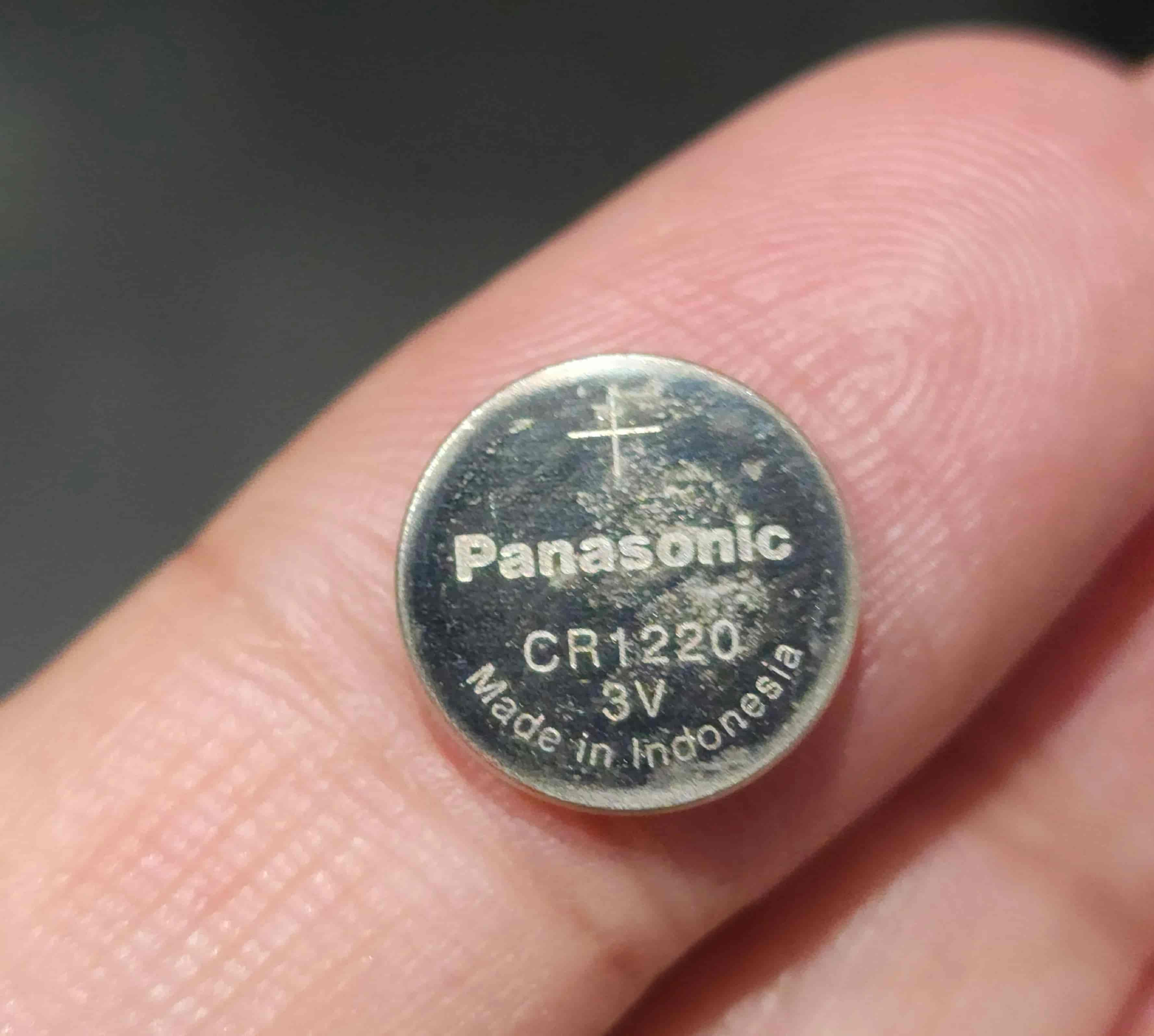
Figure 4: CR1220 Battery
It can hold a lot of energy, so devices last longer without needing frequent battery changes, even its small size. The battery is built to give steady power over time, keeping devices running smoothly. It also has good protection against leaks, helps keep devices safe and lasts longer. The CR1220 is certified for safety, making it a reliable choice for many electronic devices.
CR1220 Battery Equivalent
The CR1220 battery has several equivalents that can be used interchangeably without compromising performance. These alternatives match the CR1220 in both voltage and size, making them suitable for a wide range of devices. Below is the CR1220 battery equivalent:
• DL1220 and DL1220B
These batteries, associated with the Duracell brand, offer the same voltage and physical dimensions as the CR1220. They are fully compatible with devices requiring a CR1220, making them a reliable substitute in everyday electronics.
• BR1220 and BR1220-1W
Manufactured by Panasonic, these variants are optimized for better resistance to high temperatures. Ideal for use in environments where temperature fluctuations are common, such as in outdoor gadgets or industrial equipment. The BR1220-1W also indicates a single welded tab for specific mounting needs.
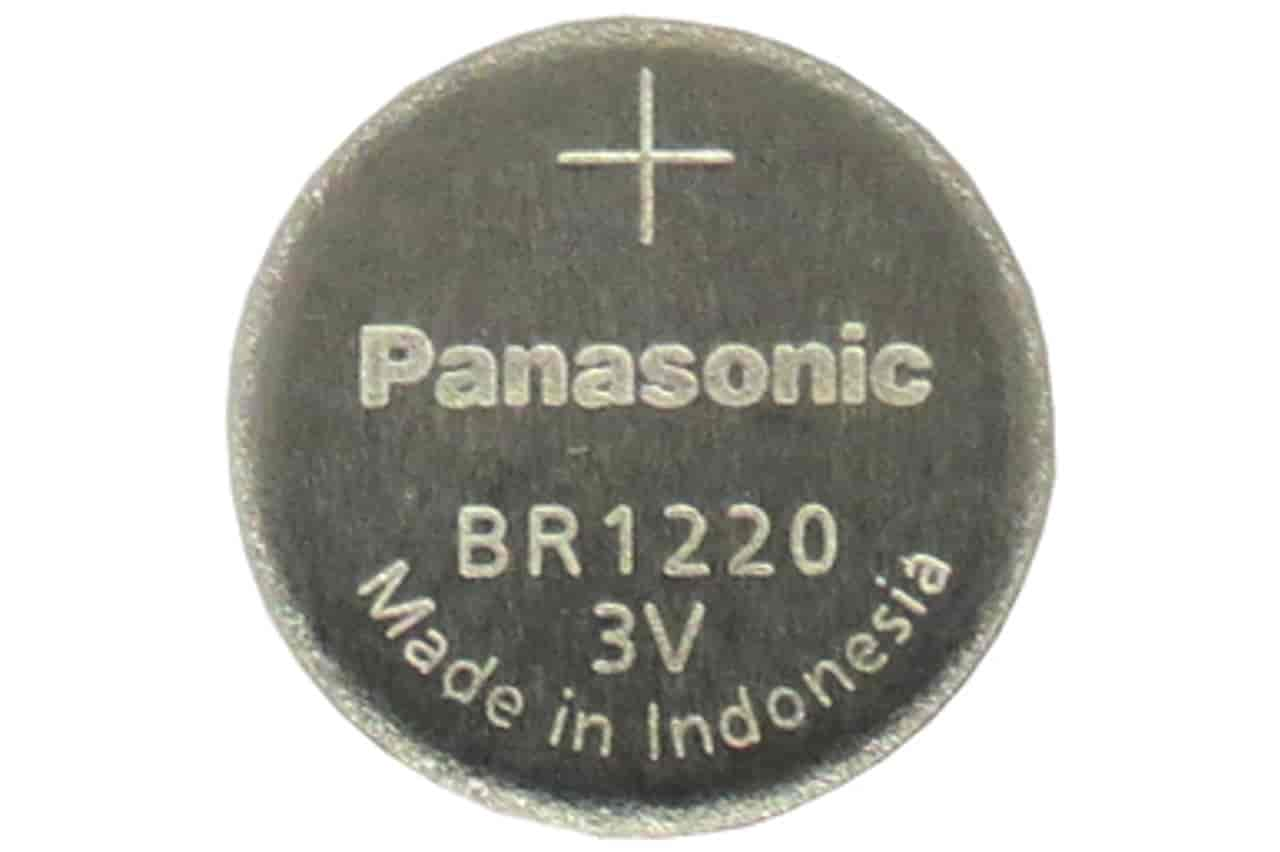
Figure 5: BR1220 Battery
• CR1220-1W
This version is similar to the standard CR1220 but features a welded tab, used in circuit board (PCB) installations. The tab allows for secure attachment to the board, ensuring a stable power connection in devices requiring a permanent or semi-permanent battery placement.
• ECR1220
A product often branded by Energizer, the ECR1220 is designed to match or exceed the performance of a standard CR1220 battery. It ensures reliable, long-lasting power in devices such as watches, calculators, and small electronics, where consistent energy output is important.
• 280-208
This model number is used by various manufacturers to denote a battery equivalent to the CR1220. Although it may appear under different brand names, it adheres to the same specifications and can be used confidently in any device that requires a CR1220.
• KCR1220
Produced by Kodak, the KCR1220 is known for its durability and long shelf life. This makes it a dependable choice for devices that may be stored for long periods before use, such as key fobs or medical instruments.
• LM1220
Often produced by Maxell, the LM1220 is another reliable replacement for the CR1220. It is frequently used in small electronic devices like car remotes, hearing aids, and some medical devices where steady power output is important for performance.
• 5012LC
This model is often branded under different names but remains a suitable replacement for the CR1220. Its compatibility and performance make it a versatile option across multiple electronic applications.
• SB-T13
Sometimes labeled by specific manufacturers or in certain regions, the SB-T13 matches the CR1220 in both size and voltage. It is used in small electronics, such as remote controls or cameras.
• L04
This is another equivalent that fits the CR1220 profile. It can be used in many devices requiring a 3-volt lithium coin battery, ensuring reliable operation without performance loss.
Choosing the Right Battery Replacement
When selecting a replacement for the CR1220 battery, it is required to ensure that the alternative matches the specifications. The voltage must remain at 3 volts to avoid damaging sensitive electronics or reducing performance.
Make sure that the physical size of the battery fits within the device's compartment. While the voltage and size are standardized among equivalents, consulting the device's manual or manufacturer can help prevent compatibility issues. Using a trusted brand ensures that the replacement battery will provide consistent performance over time.
For the best results, opt for batteries from well-known manufacturers. Their rigorous testing and quality control measures mean you're more likely to get a reliable product that performs consistently across various devices. This minimizes the risk of interruptions or malfunctions caused by battery failure.
CR1220 Battery Applications
Keyless Entry Devices: CR1220 batteries are good for keyless entry systems in cars and buildings, where security and easy access matter most. These small batteries have a lot of power, that need to work reliably over long periods. In things like car remotes and electronic door locks, quick response times are required, and people expect them to work without needing frequent battery changes. CR1220 batteries are great at keeping performance steady, even in different environments, ensuring both security and convenience.

Figure 6: Keyless Entry Devices
Blood Glucose Monitors: CR1220 batteries are used to make sure blood glucose monitors, which help people manage diabetes, work well. These monitors need accurate power to give correct readings throughout the day. The stable energy of CR1220 batteries ensures reliable readings and reduces the need for frequent replacements, helping patients keep track of their health without disruptions.
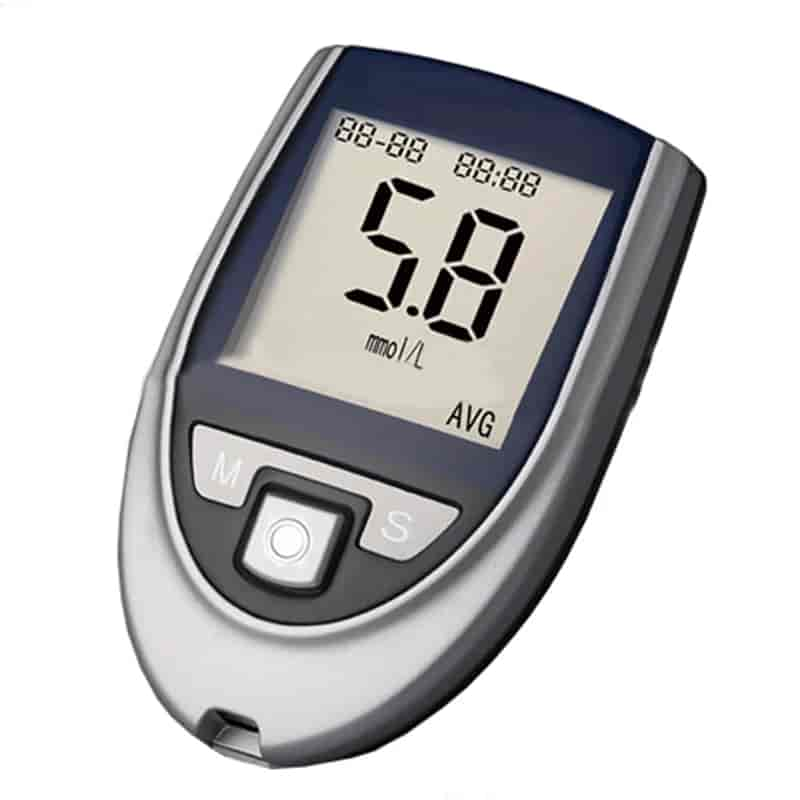
Figure 7: Blood Glucose Monitors
Implantable Cardiac Defibrillators (ICDs): ICDs, monitor heart rhythms and deliver shocks when required, rely on CR1220 batteries. CR1220 batteries provide long-lasting energy, allowing ICDs to work for years without needing surgery to replace the battery, lowering risks and costs.
Heart Rate Monitors: Heart rate monitors, used for both fitness and health, often use CR1220 batteries. The CR1220 battery's stable energy and small size make it perfect for these portable devices, ensuring they keep working during workouts and daily use.
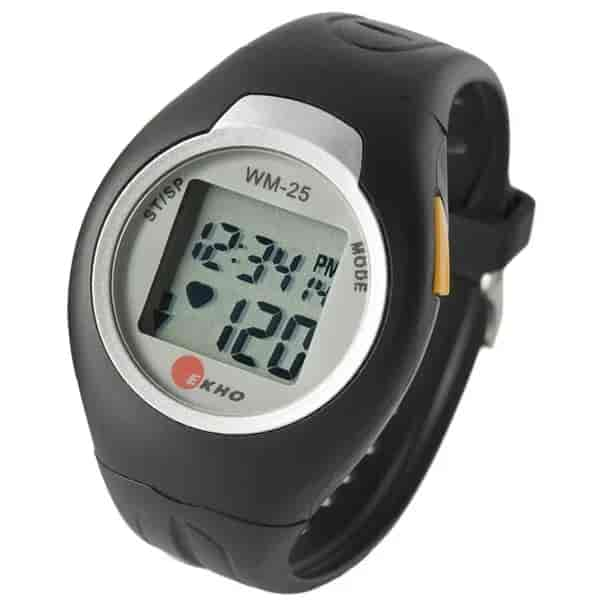
Figure 8: Heart Rate Monitors
Artificial Cardiac Pacemakers: CR1220 batteries power artificial pacemakers, regulate heartbeats and prevent dangerous irregularities. These pacemakers need a steady power source to keep the heart beating normally, and the long-lasting nature of CR1220 batteries means they can work for a long time without needing a battery change, reducing the need for surgeries.
Toys & Games: CR1220 batteries are used in many toys and games, from handheld devices to interactive electronic toys. These batteries last a long time and have enough power to keep devices running without frequent replacements, and makes for a better user experience. Whether in educational or fun gadgets, CR1220 batteries provide reliable, long-lasting power for continuous play.
Digital Watches, Calculators, and Fitness Devices: CR1220 batteries are used in everyday devices like digital watches, calculators, and fitness trackers. The long life and steady power of CR1220 batteries make them a great fit, for small devices where space is limited.
CR1216 vs. CR1220 vs. CR1225
|
FEATURE |
CR1216 |
CR1220 |
CR1225 |
|
Diameter |
12.5 mm |
12.5 mm |
12.5 mm |
|
Thickness |
1.6 mm |
2.0 mm |
2.5 mm |
|
Capacity |
25 mAh |
35-40 mAh |
50 mAh |
|
Voltage |
3V |
3V |
3V |
|
Energy Density |
180 Wh/kg |
180 Wh/kg |
180 Wh/kg |
|
Life Cycle |
5-10 years (storage) |
5-10 years (storage) |
5-10 years (storage) |
|
Self-Discharge Rate |
1-2% per year |
1-2% per year |
1-2% per year |
|
Charge/Discharge Rate |
Slow (non-rechargeable, constant drain) |
Slow (non-rechargeable, constant drain) |
Slow (non-rechargeable, constant drain) |
|
Temperature Sensitivity |
Performs best between -20°C to 60°C |
Performs best between -20°C to 60°C |
Performs best between -20°C to 60°C |
|
Discharge Current |
Similar to CR1220 |
Lower than CR1225 |
Higher than CR1220 |
|
Typical Usage |
Small calculators, key fobs |
Medical devices, small toys |
Remote controls, sensors |
|
Compatibility |
Thinner, may not make proper contact in
devices designed for CR1220 or CR1225 |
Moderate thickness, suitable for devices
with moderate power demands |
Thicker, may not fit or cause warping in
devices designed for thinner batteries |
|
Example Issues |
Too thin for some devices, leading to
intermittent power |
Slightly thicker, can cause bulging in
very slim devices |
Thickest, may deform slim devices or
compartments |
|
Usage Consideration |
Best for low power consumption devices |
Good for moderate power devices |
Ideal for higher power consumption
devices |
How to Test a CR1220 Battery?
Step 1: Setting Up the Multimeter
Before you begin testing a CR1220 battery, make sure your multimeter is correctly configured. Turn it on and set it to measure voltage. Since a CR1220 is a 3-volt lithium battery, you need to select the option for measuring direct current (DC) voltage. This setting is important because it ensures that the multimeter can accurately capture the battery's voltage output. A proper setup allows the multimeter to detect small changes in voltage that can show whether the battery is still working efficiently or if it's starting to wear out.
Step 2: Connecting the Multimeter Probes
For an accurate reading, you must connect the multimeter probes to the correct terminals on the battery. First, attach the black probe to the battery's negative terminal (marked with a minus sign, "-"). Then, place the red probe on the positive terminal (marked with a plus sign, "+"). This creates a closed circuit, enabling the multimeter to measure the battery’s voltage without interference. Correct probe placement ensures that the reading reflects the battery's actual condition, avoiding any errors that could lead to incorrect conclusions about its health.
Step 3: Checking the Voltage Reading
With the probes in place, look at the voltage display on the multimeter. A fully charged CR1220 battery should read close to 3 volts. If the reading is noticeably lower, the battery has likely lost some of its charge and may need to be replaced soon. Regularly checking the voltage helps determine whether the battery is still capable of powering a device effectively. If the voltage drops too much, the device might not work properly, potentially causing issues like reduced performance or sudden shutdowns.
Step 4: Maintaining Device Reliability through Regular Testing
To keep your devices running smoothly, it's a good idea to test the CR1220 battery on a regular basis. By making voltage checks part of your maintenance routine, you can catch a weak battery before it fails. This prevents unexpected downtime and ensures your devices stay powered with reliable batteries. Regular testing helps you plan for battery replacements, so you won’t be surprised by a dead battery when you need it most.
How to Clean a Leaked CR1220 Battery?
Cleaning a leaked CR1220 battery required for keeping the device working properly and to protect your safety. These batteries contain corrosive materials that can damage your device and cause harm if mishandled.
Before starting, protect yourself. Wear nitrile gloves to avoid contact with the corrosive material from the battery. Use safety goggles to protect your eyes in case of splashes. Work in a well-ventilated area to avoid breathing in any fumes, and to reduce the risk of irritation to your skin or lungs.
Turn off the device before removing the battery to avoid electrical shock or further damage. Use non-metal tools like plastic tweezers or a nylon spudger to gently remove the battery. This helps prevent spreading the leaked material and avoids causing more corrosion inside the device.
Start by neutralizing the leaked battery acid. Mix baking soda with water to create a neutralizing solution. Use a cotton swab to apply the solution to the corroded areas. This will stop the acid from causing further damage. After neutralizing, clean the area with a damp microfiber cloth, but be careful not to let liquid get into other parts of the device. Once the area is clean, make sure the device is fully dry to prevent future issues. Check the battery compartment and contacts for any remaining corrosion or damage before putting in a new battery.
To avoid future battery leaks, always follow the manufacturer's recommendations for the right type of battery for your device. Don’t mix old and new batteries, or different brands, as this can increase the risk of leaks. If you don’t plan to use the device for a long time, remove the batteries. It’s also a good idea to use batteries from trusted brands for better reliability and safety.
Conclusion
The CR1220 battery is an important part of portable electronics because of its strong design, reliable performance and ability to work with many different devices. Whether it's keeping medical monitors working for a long time or powering the latest digital watches and fitness gadgets, the CR1220 plays a major role in making sure both every day and specialized equipment work properly. This review of its features, equivalents, and uses shows how versatile and useful this battery is in modern technology. Choosing the right battery means knowing the needs of your device to keep it running well. Also, tips on testing and maintaining the CR1220 battery help ensure our devices stay reliable, making the CR1220 part of today’s electronic design and use. This thorough review not only shows how useful the CR1220 is but also gives helpful information for both consumers and technicians to get the most out of their devices.
Frequently Asked Questions [FAQ]
1. Can I replace CR1220 with CR2032?
No, you cannot replace a CR1220 with a CR2032. Although both are 3V lithium batteries, the CR2032 is much larger in size (20mm in diameter and 3.2mm thick) compared to the CR1220 (12mm in diameter and 2.0mm thick). The CR2032 will not fit in a holder designed for a CR1220 due to these size differences.
2. Can I replace a CR1220 with a CR2430?
Similar to the above, you cannot replace a CR1220 with a CR2430. The CR2430 is also larger (24mm in diameter and 3.0mm thick) and will not fit in a space meant for the much smaller CR1220.
3. Is CR1220 rechargeable?
No, the CR1220 is not rechargeable. It is a lithium coin cell designed for single-use. Attempting to recharge a non-rechargeable battery like the CR1220 can lead to battery damage, leakage, or even an explosion.
4. Are CR1220 and CR2025 interchangeable?
No, these batteries are not interchangeable. The CR2025 is larger (20mm in diameter and 2.5mm thick) compared to the CR1220. The difference in size prevents the CR2025 from fitting properly in a slot meant for a CR1220, potentially causing connection issues in the device.
5. Can I replace CR1220 with ML1220?
Yes, in some cases, you can replace a CR1220 with an ML1220. Both have the same dimensions (12mm in diameter and 2.0mm thick) but differ in chemistry. The ML1220 is a rechargeable lithium manganese dioxide battery. If your device supports the charging characteristics and voltage range of the ML1220, this substitution can work.
6. Is CR1220 same as CR1216?
No, the CR1220 and CR1216 are not the same. Although both are 3V lithium batteries, the CR1216 is thinner (1.6mm thick) compared to the CR1220 (2.0mm thick). This thickness difference might affect how securely the battery fits in the compartment, impacting the device's functionality.
About us
ALLELCO LIMITED
Read more
Quick inquiry
Please send an inquiry, we will respond immediately.

Mastering the 555 Timer: Principles, Modes, Applications, and Practical Implementation
on May 7th
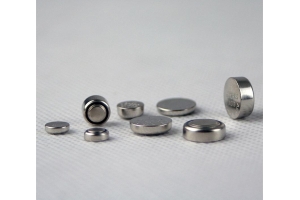
AG1 Battery Guide - Technical Specifications, Applications, Equivalent Cells and Comparison to AG4
on May 9th
Popular Posts
-

What is GND in the circuit?
on January 1th 3272
-

RJ-45 Connector Guide: RJ-45 Connector Color Codes, Wiring Schemes, R-J45 Applications, RJ-45 Datasheets
on January 1th 2815
-

Understanding Power Supply Voltages in Electronics VCC, VDD, VEE, VSS, and GND
on November 20th 2642
-

Fiber Connector Types: SC Vs LC And LC Vs MTP
on January 1th 2265
-

Comparison Between DB9 and RS232
on January 1th 1882
-

What Is An LR44 Battery?
Electricity, that ubiquitous force, quietly permeates every aspect of our daily lives, from trivial gadgets to life-threatening medical equipment, it plays a silent role. However, truly grasping this energy, especially how to store and efficiently output it, is no easy task. It is against this background that this article will focus on a type of coin cell battery that may seem insignificant on the...on January 1th 1846
-

Understanding the Fundamentals:Inductance Resistance, andCapacitance
In the intricate dance of electrical engineering, a trio of fundamental elements takes center stage: inductance, resistance, and capacitance. Each bears unique traits that dictate the dynamic rhythms of electronic circuits. Here, we embark on a journey to decipher the complexities of these components, to uncover their distinct roles and practical uses within the vast electrical orchestra. Inductan...on January 1th 1808
-

What Is RF and Why Do We Use It?
Radio Frequency (RF) technology is a key part of modern wireless communication, enabling data transmission over long distances without physical connections. This article delves into the basics of RF, explaining how electromagnetic radiation (EMR) makes RF communication possible. We will explore the principles of EMR, the creation and control of RF signals, and their wide-ranging uses. The article ...on January 1th 1801
-

CR2430 Battery Comprehensive Guide: Specifications, Applications and Comparison to CR2032 Batteries
What is CR2430 battery ?Benefits of CR2430 BatteriesNormCR2430 Battery ApplicationsCR2430 EquivalentCR2430 VS CR2032Battery CR2430 SizeWhat to look for when buying the CR2430 and equivalentsData Sheet PDFFrequently Asked Questions Batteries are the heart of small electronic devices. Among the many types available, coin cells play a crucial role, commonly found in calculators, remote controls, and ...on January 1th 1799
-

Comprehensive guide to hFE in transistors
Transistors are crucial components in modern electronic devices, enabling signal amplification and control. This article delves into the knowledge surrounding hFE, including how to select a transistor's hFE value, how to find hFE, and the gain of different types of transistors. Through our exploration of hFE, we gain a deeper understanding of how transistors work and their role in electronic circu...on November 20th 1782
